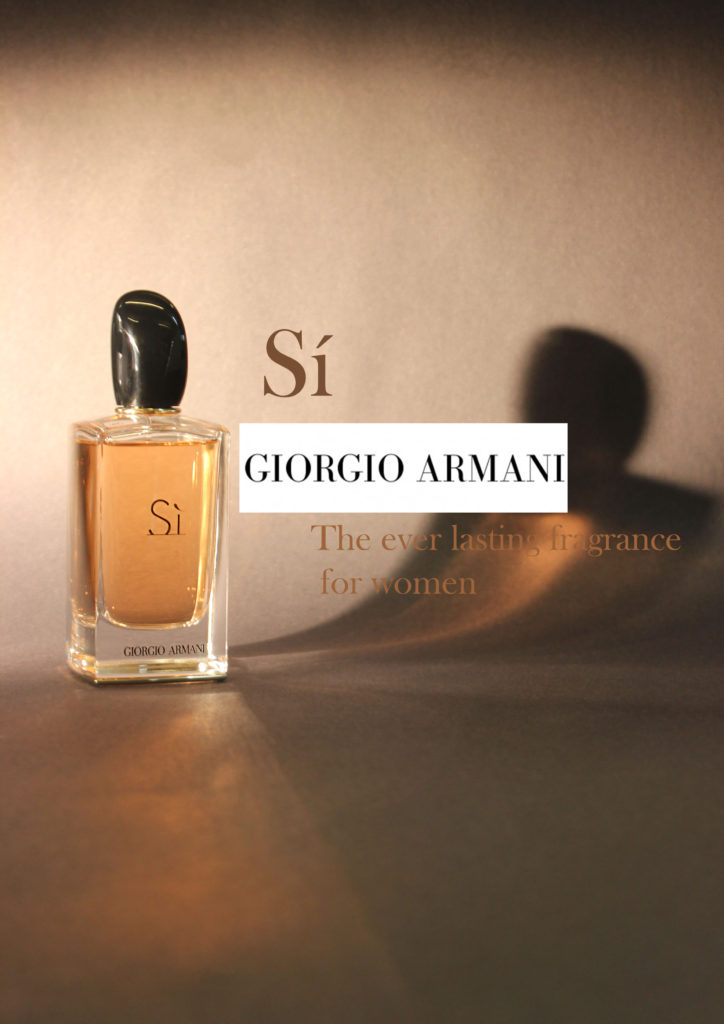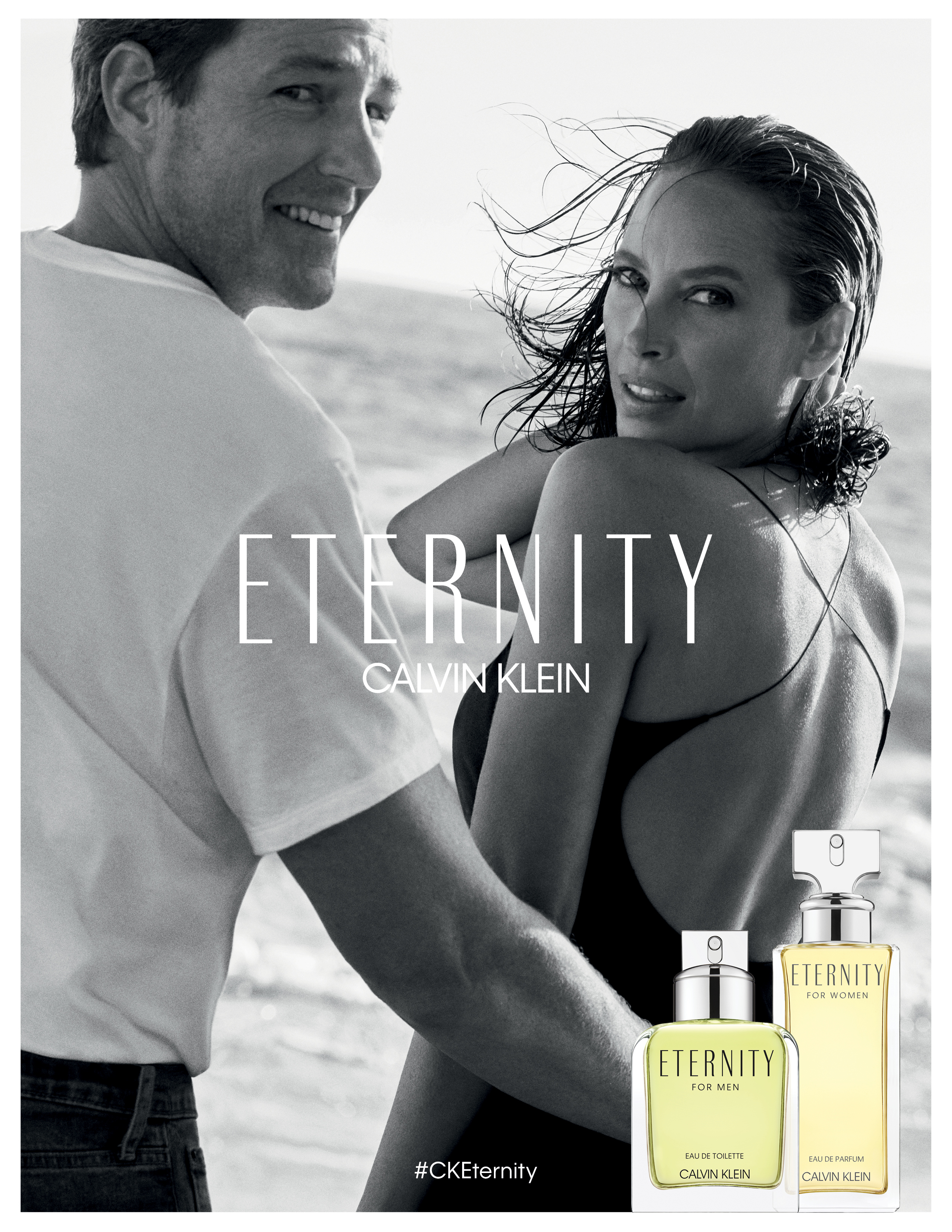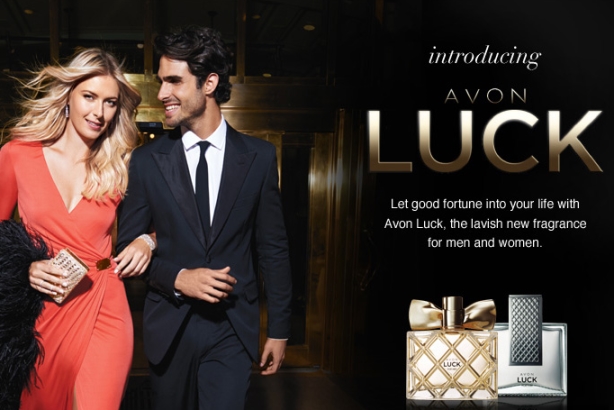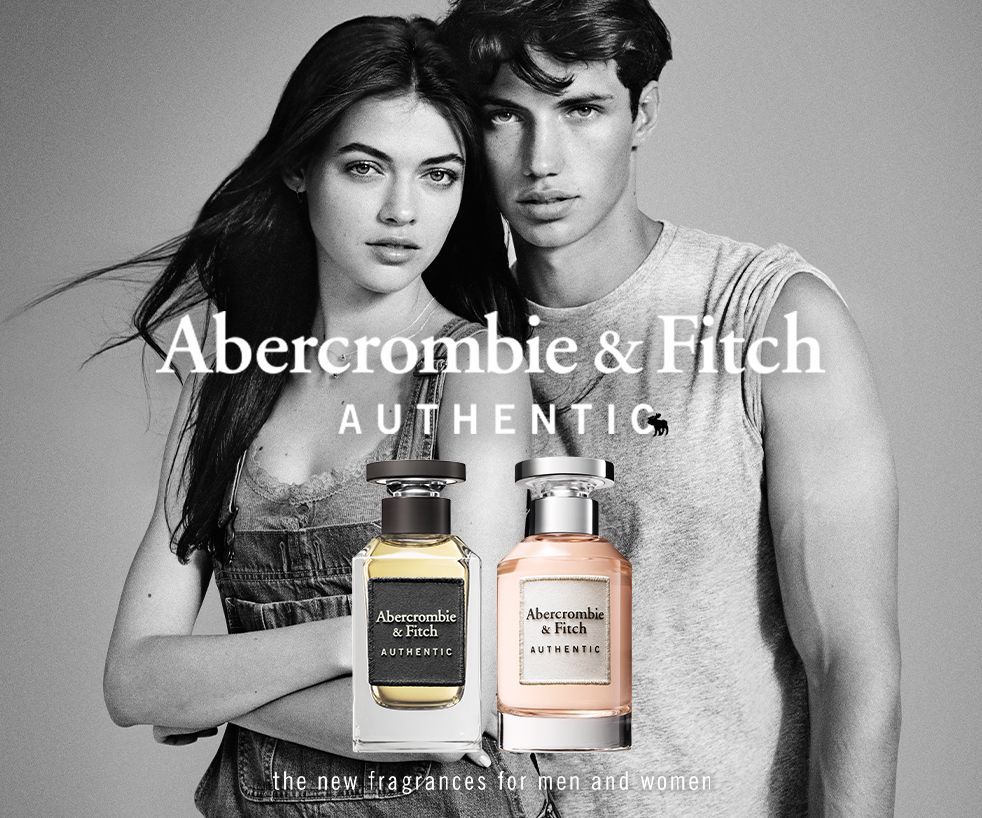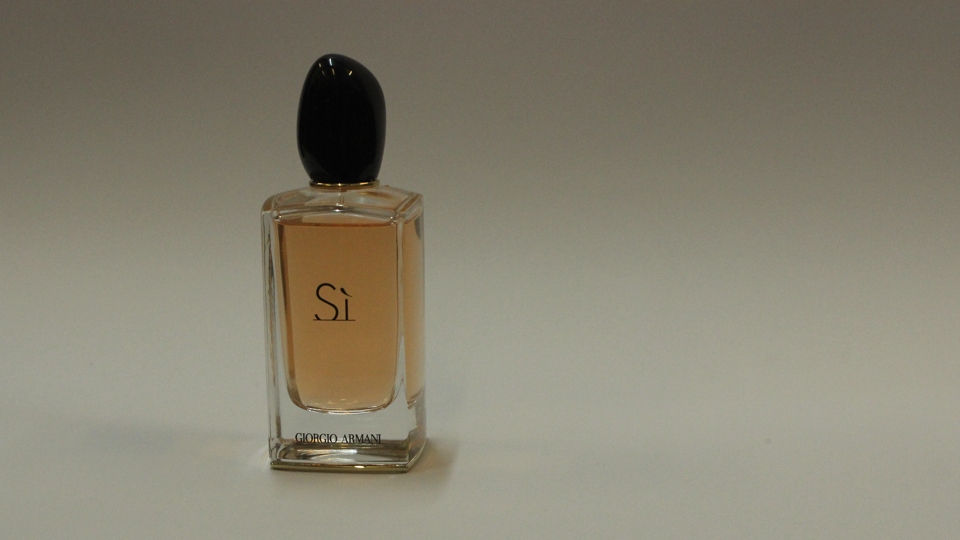My argument in this essay will be based upon sexism, feminism and the standards we have to face to fit in with society and some borders we need to face as women.My first approach will be based upon how women were and are still treated with societal standards and stereotypes to fit in to. “If one is ‘woman’ that is surely not all one is; the term fails to be exhaustive,…because gender intersects with racial, class, ethnic, sexual, and regional modalities of discursively constituted identities”. She criticizes how gender crosses not only your ethnicity or the identity you choose but is depicted by the way you act as a ‘woman’ and everything you do that fits into the womanly category..
Third-wave feminism began in the early 1990s, it was a response to the generation gap between the feminist movement of the 1960’s and ’70’s, challenging and re-contextualising some of the definitions of femininity that grew out of that earlier period. In particular, the third-wave sees women’s lives as intersectional, demonstrating a pluralism towards race, ethnicity, class, religion, gender and nationality when discussing feminism. Barker and Jane regarded third wave feminism having following recognisable characteristics.
Societal changes to do with sexism have developed slightly since the 1960’s, women were made to cook and clean the house/ do all the housework and please the husband whilst also looking after the children. It was only around the 70’s in some places where rape in marriage became illegal. Women were abused in relationships or even whilst not and even still are, being seen as the lower less dominant sex is still a large issue, sexualised to the max and degraded even more when sexual images and videos got easier to access.
Nowadays weare still the lower sex than the male and are still sexualised maybe not as much as we once were but the vulnerability towards women still stands. There are still boundaries to what women and even girls can and can’t wear which is very sad as it isn’t helping with making a statement that we aren’t seen solely for our body and the way we are seen, it is the males problem how the see us and we should we not have to work our way around the male gaze. Abortion laws in someplaces were only made legal in 1973 and are still illegal in most places, these laws are made by men giving women no say in how they want to deal with their body, for example if they are so against killing a foetus then how would they feel if they were married but got another women pregnant, what would they say then? If men feel oppressed about being made out to look like they’re in the wrong then they should start to do more about the issue instead of women.How are women the lower sex when we are significantly as equal to men? We produce the same work, live the same lifestyle and are still treated beneath them in work industries or perhaps in general. ‘Jokes’ that boys make towards girls isn’t a step forward to equality, in fact it is another step backwards, thinking that is the right way to inform us they are higher up in the system is in every way possible wrong.
Laura Mulvey says “In a world ordered by sexual imbalance, pleasure in looking has been split between active/male and passive/female…In their traditional exhibitionist role women are simultaneously looked at and displayed, with their appearance coded for strong visual and erotic impact so that they can be said to connote to-be-looked-at-less” this is linking to the fact men see women as objects, not all but overall this is how we are progressively seen being the in dominant sex. Sexual attraction is equal to men and women but typically it is men that take that attraction to objectifying us as something they can use for their own pleasure.
The advert ‘score’ where there are females surrounding a man in the jungle in little tops and mini skirts with soft looking legs relates to Laura Mulvey’s ‘the male gaze’ ; this is not showing fluid identity as their identities are fixed, man is seen as a man and the women are seen as women.In the Maybelline advert fluid identity is shown as there are people of color shown and a range of sexuality. There is no fixed identity, it is fluid.
Relating to my arguments, I think that the way the media has portrayed women throughout time is extremely wrong, sexualised from teenage years and treated wrongly is not how women should be treated through the media, affecting lifestyles and creating a view of how they should act and be seen. Feminism should not be frowned upon for sticking up for what is right even if it is contradictory to what society says is right or wrong, there is no wrong in trying to make a change for what should be right.Finalizing my thoughts, more should be done to stop this way of how women are perceived and treated creating stability between both men and women.

